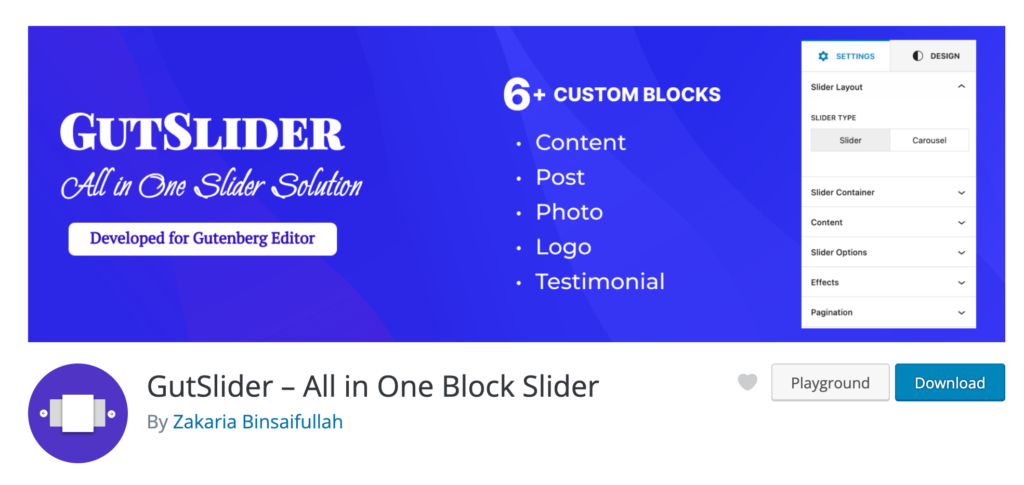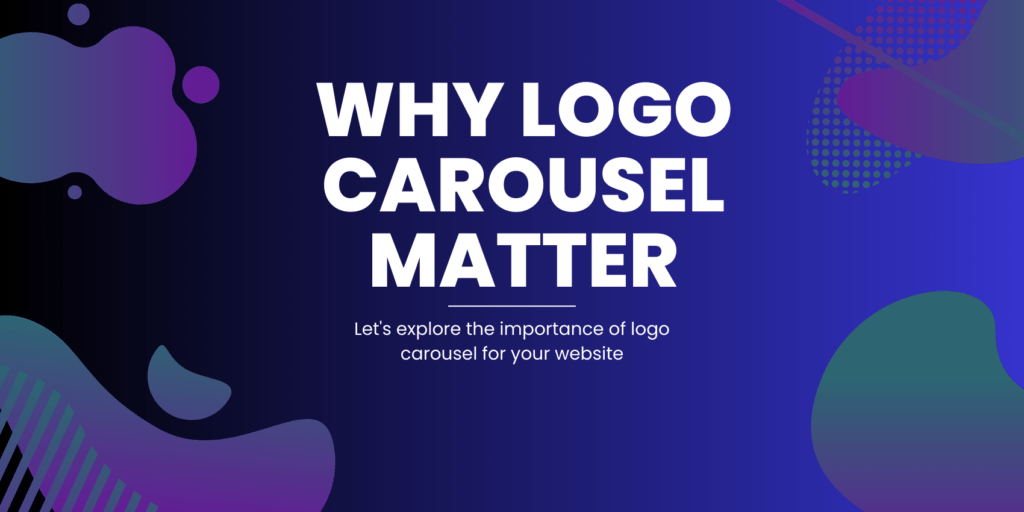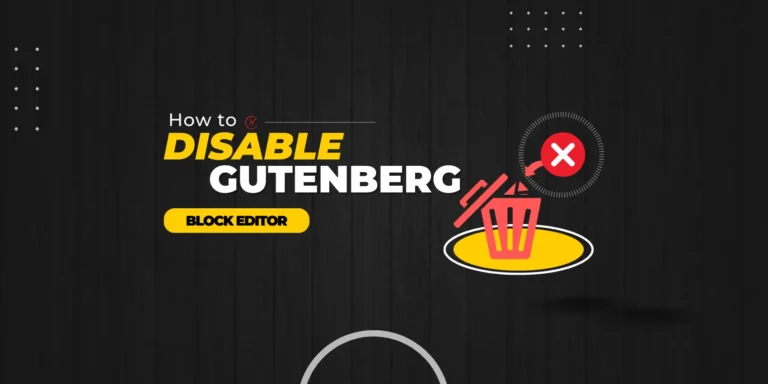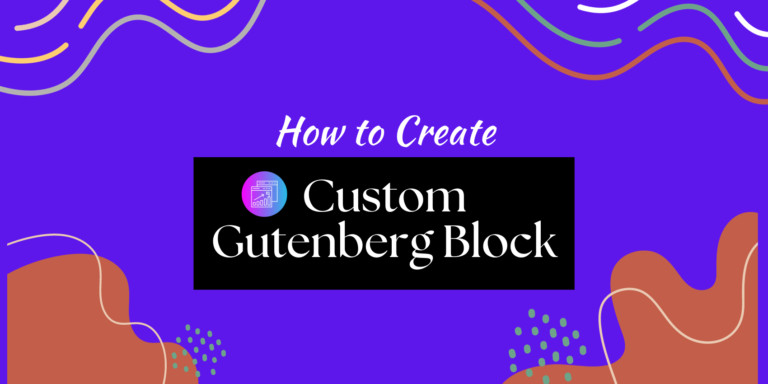In today’s fast-paced digital landscape, businesses are constantly seeking innovative ways to make a lasting impression on their target audience. A well-crafted logo not only represents a company’s identity but also serves as a symbol of trust, professionalism, and reliability.
However, in a world where attention spans are shrinking and competition is fierce, it’s essential to go beyond the static logo and embrace dynamic design elements that captivate and engage your audience. This is where the logo carousel comes into play, serving as a powerful tool that can elevate your branding and marketing efforts to new heights.
In this blog post, we’ll explore why logo carousels matter in your business and how they can be a game-changer in conveying your brand’s story, building trust, and enhancing your overall online presence.
What is a Slider or Carousel?
A carousel or slider, in the context of web design and digital content, is a dynamic element typically found on websites or applications. It consists of a series of images, banners, testimonial or content panels that rotate or slide horizontally or vertically, one after the other, often in a predefined sequence or with user interaction. Carousels and sliders are commonly used to display multiple pieces of content within a limited space on a webpage, allowing users to view different pieces of information or images without having to navigate to separate pages.

Some common uses for carousels or sliders on websites include:
- Banner Rotations: Displaying promotional messages or advertising campaigns in a visually appealing manner on a homepage or landing page.
- Testimonials: Showcasing customer reviews and testimonials in a visually engaging way.
- Product Showcases: Highlighting various products, services, or features a company offers.
- Image Galleries: Creating a gallery of images or photos that users can browse through.
- News and Updates: Sharing the latest news, blog posts, or updates in a compact space.
Carousels and sliders can be automatic, with images or content changing at regular intervals, or they can be interactive, allowing users to navigate through the content manually by clicking arrows or other navigation elements. While they can enhance the visual appeal of a website and provide a way to present multiple pieces of content, it’s important to use them thoughtfully, as excessive use or poorly designed carousels can negatively impact user experience and website performance.
Logo Carousel Helps to Grow Your Business, How?
A logo carousel, when strategically implemented, can contribute to the growth of a business in several ways. It’s a dynamic design element that can enhance your branding and marketing efforts. Here’s a detailed explanation of how a logo carousel can help grow your business:
- Visual Impact and Engagement: A logo carousel immediately grabs the attention of website visitors. Instead of a static logo, it provides an interactive and visually engaging way to showcase multiple logos, which can include client logos, partner logos, or logos of associations your business is affiliated with. This dynamic element encourages users to stay on your website longer, increasing the chances of them exploring your products or services.
- Trust and Credibility: By displaying logos of well-known clients, partners, or industry affiliations, a logo carousel can build trust and credibility. When potential customers see logos of reputable companies or organizations associated with your business, it conveys that your brand is trustworthy and has a strong reputation. This can be a powerful tool for building confidence in your products or services.
- Highlighting Partnerships and Endorsements: If your business has formed partnerships or received endorsements from industry leaders, influencers, or other credible entities, a logo carousel can effectively showcase these associations. This not only validates your business but also increases your appeal to potential customers who value the endorsements of recognized authorities in your field.
- Showcasing a Portfolio: For businesses in creative industries or those that offer a wide range of products or services, a logo carousel can serve as a portfolio display. It enables you to highlight various projects, products, or services through the logos associated with them. This can help potential clients or customers quickly grasp the diversity and quality of what you offer.
- Promoting Awards and Recognitions: If your business has received awards or recognitions, featuring these accolades in a logo carousel can be a compelling way to communicate your excellence. Customers often seek out businesses that have been recognized for their achievements and quality, making this a persuasive marketing tool.
- Enhanced User Experience: A well-designed logo carousel doesn’t just add visual appeal; it can also improve the user experience. By providing a convenient way for users to navigate and explore the logos and associated content, it keeps them engaged and encourages them to learn more about your business.
- Dynamic Storytelling: As businesses evolve, a logo carousel can be used to tell a dynamic story. For example, you can use it to highlight milestones, anniversaries, or transformations in your company’s history. This can make your brand more relatable and demonstrate growth and progress over time.
- Mobile Compatibility: In the age of mobile browsing, responsive logo carousels can ensure that your branding and partnerships are prominently displayed on various devices. This allows you to reach a wider audience and make a strong impression regardless of the user’s preferred platform.
- Increased Conversions: When users trust your brand and are engaged with your content, they are more likely to convert into paying customers. A logo carousel can be a part of the trust-building process that leads to higher conversion rates.
In summary, a logo carousel is a versatile tool that can help grow your business by enhancing your brand’s visual appeal, credibility, and storytelling capabilities. When used thoughtfully and in alignment with your business goals, it can be a valuable asset in your marketing strategy, ultimately leading to increased customer trust and conversions.
Factors Consider before Implementing a Logo Carousel
Before implementing a logo carousel on your website, it’s crucial to carefully consider various factors to ensure that it aligns with your business goals and provides a positive user experience. Here are the key factors to take into account:
- Purpose and Goals:
- Determine the specific purpose of the logo carousel. Is it to showcase client logos, highlight partnerships, or display awards and recognitions? Align the carousel’s purpose with your business objectives.
- Relevance:
- Ensure that the logos you plan to display are relevant to your business and industry. Irrelevant logos can confuse and deter visitors.
- Content Selection:
- Choose the logos or content that will be featured in the carousel carefully. Highlight logos of prominent clients, credible partnerships, or significant awards. Less can often be more effective.
- User Experience:
- Prioritize user experience. Make sure the carousel is responsive, loads quickly, and is easy to navigate. Test its performance on various devices and browsers to ensure consistency.
- Accessibility:
- Consider accessibility standards to ensure that the carousel is usable by people with disabilities. Provide alt text for logos and ensure that screen readers can interpret the content.
- Content Management:
- Plan how you’ll manage and update the logos or content in the carousel. Regularly refreshing the content keeps it relevant and engaging.
- Placement:
- Determine the optimal location for the logo carousel on your website. It should be visible and logically placed, such as on the homepage or a relevant landing page.
- Auto vs. Manual:
- Decide whether the carousel will be automatic (changing on its own) or require manual interaction from users. Auto carousels should have an appropriate timing and pause on user interaction.
- Navigation Controls:
- If the carousel is interactive, provide clear navigation controls, such as arrows or dots, to allow users to move back and forth between logos.
- Performance Optimization:
- Optimize the carousel’s performance by compressing images and minimizing the use of animations, which can slow down page load times.
- Mobile Responsiveness:
- Ensure that the logo carousel is designed to display correctly on mobile devices. Test it thoroughly on various screen sizes.
- A/B Testing:
- Consider conducting A/B tests to determine the most effective content and design for the carousel. Monitor user engagement and make data-driven decisions.
- SEO Considerations:
- Be aware that content within carousels may not be as SEO-friendly as static content. Ensure that the most important information is available in static form on your website.
- Alternative Design Elements:
- Consider whether there are alternative design elements that could convey the same information more effectively. Sometimes a static display or a different layout might be more suitable.
- Consistency and Branding:
- Ensure that the logo carousel design is consistent with your overall branding and the rest of your website’s design elements.
- Testing and Feedback:
- Test the logo carousel with a focus group or gather feedback from colleagues or users to identify any issues or areas for improvement.
- Monitoring and Analysis:
- Implement analytics to track user engagement with the carousel. Analyze the data to assess its effectiveness in achieving your goals.
By carefully considering these factors and tailoring the logo carousel to your specific needs and user expectations, you can make it a valuable and effective component of your website that contributes to your business objectives.
Conclusion
In conclusion, a logo carousel, when thoughtfully implemented and aligned with your business goals, can be a dynamic and engaging addition to your website. It offers a visually appealing way to showcase client logos, highlight partnerships, and communicate trust and credibility to your audience. However, it’s essential to strike a balance between visual appeal and user experience, keeping in mind potential disadvantages such as performance issues and accessibility concerns.
As you embark on the journey of implementing a logo carousel, remember that it’s not a one-size-fits-all solution. Careful consideration of your objectives, content selection, user experience, and ongoing maintenance are key to its success. When executed effectively, a logo carousel can be a powerful tool in conveying your brand’s story, building trust, and enhancing your online presence, ultimately contributing to the growth of your business.
So, whether you’re aiming to captivate your website visitors with a showcase of renowned clients, promote your affiliations, or celebrate your accomplishments, a well-executed logo carousel can be a game-changer in leaving a lasting impression and fostering connections with your audience.





